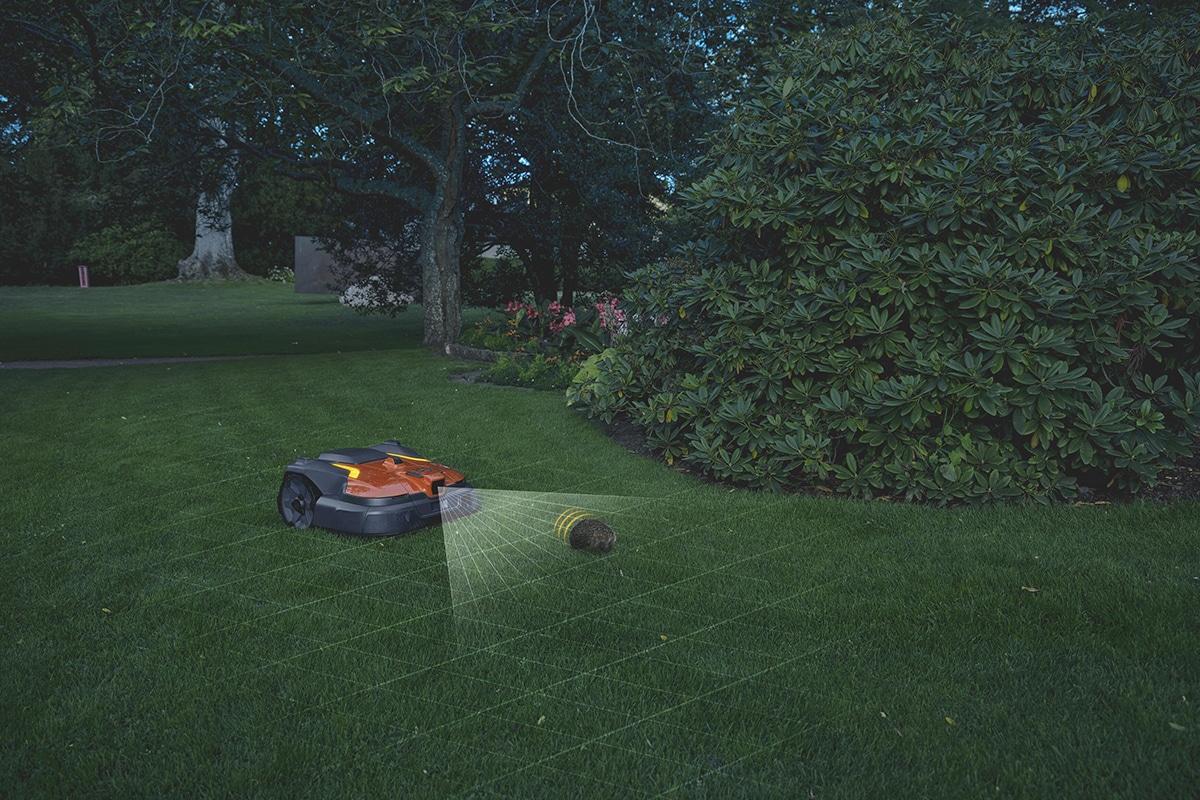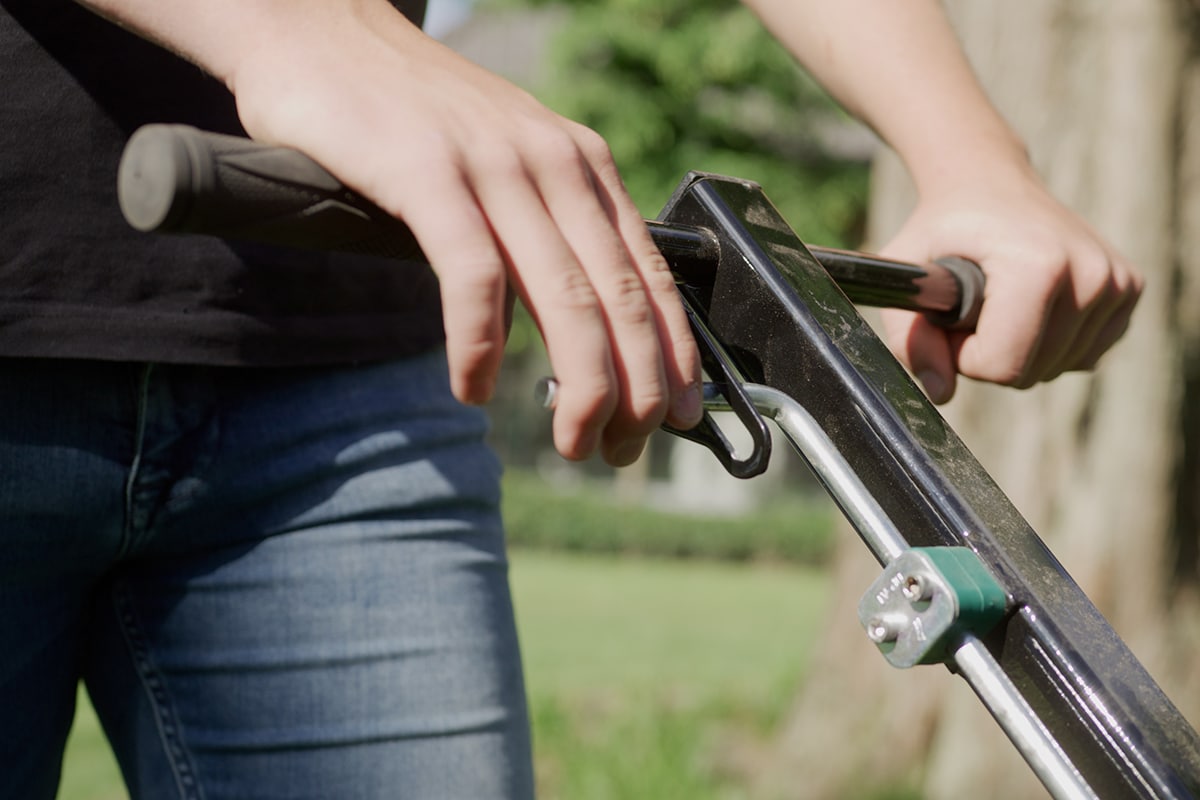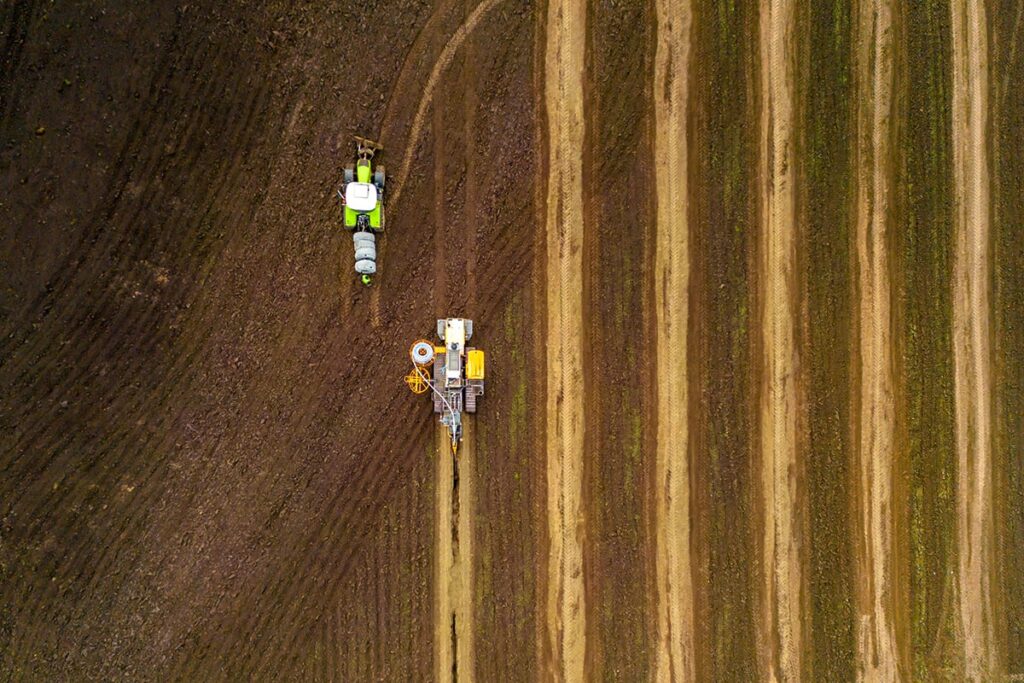
Climate-proof golf courses thanks to drainage
Greenkeepers and golf course operators have long been watching the effects of climate change with suspicion. Whereas in previous years the focus was primarily on periods of prolonged drought, 2024 unexpectedly shifted the focus to the other end of the spectrum: flooding. Thus, from the world of golf came an immediate increased interest in drainage.
"That can provide a solution to both flooding and water shortages," stressed Jan De Roye, infra manager at contracting firm De Ceuster.
The past year was exceptionally wet. So wet that golfers occasionally seemed to have to plow through swampy soil and several golf clubs were forced to temporarily close their courses. Jan: "In the past, there was little need for drainage on golf courses. So it makes sense that it was not routinely invested in. This year, however, it became painfully clear that times are changing and a lot of courses are getting far too wet. Drainage is then a smart move."
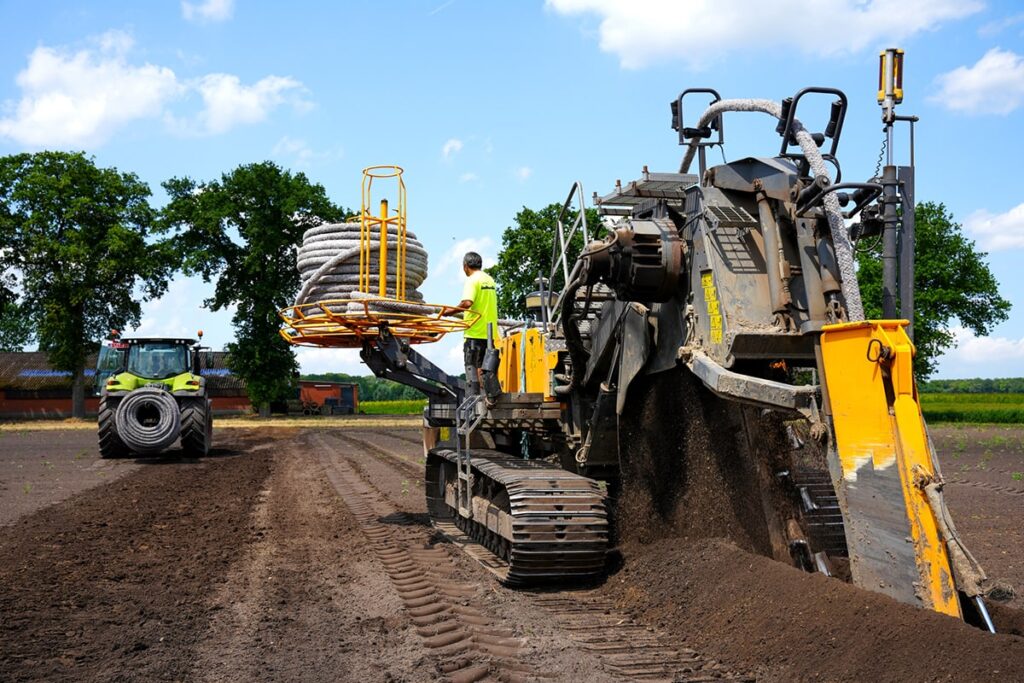
Smart water management
Drainage does not mean just draining, Jan clarifies immediately. "The time when we simply let excess water drain directly into watercourses is over. Level-controlled drainage, where the manager can regulate the groundwater level himself through a controlled water buffer, is the new norm.
This means that water can be held up when it is needed, and only drained off when there is really an excess. In addition, on golf courses we make as much use as possible of the water basins already in place, such as ponds and other water features. Only when these are filled are excess water really drained away. Thus, drainage is used not only to prevent flooding, but at the same time to build up reserves for periods of drought. That's a clear win-win."
From surveying to realization
In recent months, De Ceuster has realized a new driving range, including drainage, at Golf Club Kampenhout and six existing holes at Cleydael Golf & Country Club in Aartselaar were fitted with drainage. Soon, the contracting firm will also install drainage on a few holes at Royal Keerbergen Golf Club. "Such a project always starts with a thorough survey of the terrain. These days we do that with drones and in 3D. Especially on golf courses, which not only cover a lot of surface area, but also have a lot of variations in relief, this is an extremely efficient and accurate method.
We draw up a detailed drainage plan and with an additional on-site check we ensure that the works are also practical and logistically feasible. Once the lines and heights have been marked out on the site with GPS and laser, the real work starts: we use a chain digger to dig trenches, lay and connect the pipes, and fill everything with sand and finish it off neatly. A few weeks later, there is basically nothing left to see about the site."
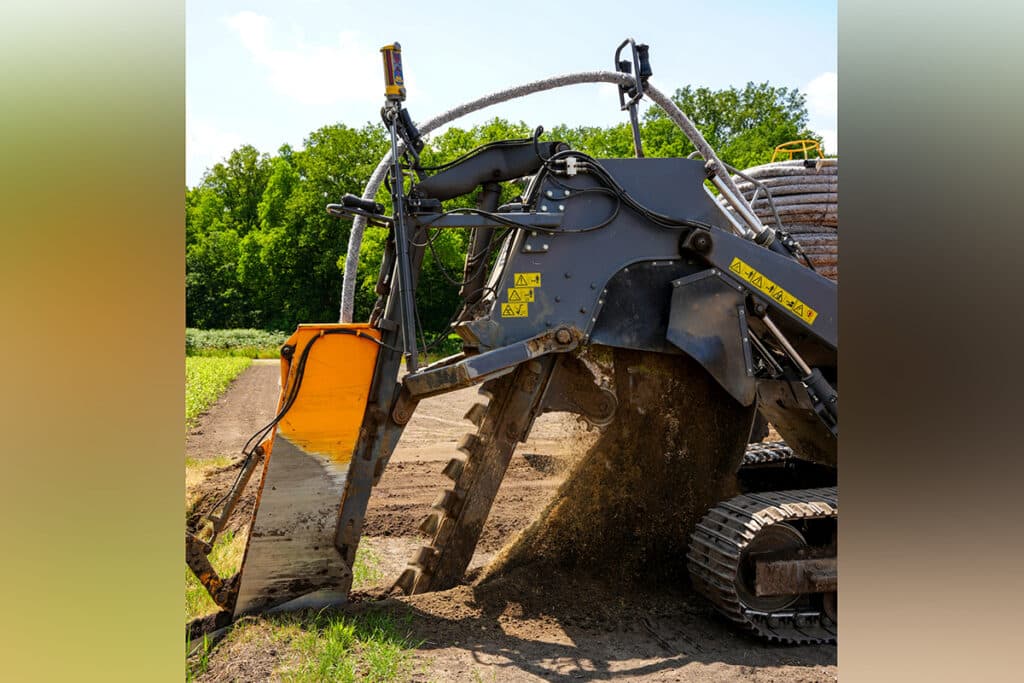
More than a quarter century of experience
Since the takeover of drainage company Christiaenen- Van Looveren in January 2023, all drainage work by De Ceuster has been done in-house. "Historically, we already had a long-term cooperation with Louis Christiaenen and his team, who worked for us as subcontractors. When Louis and his wife Yvonne wanted to pass the torch, it was only logical for us to take over the activities and for their employees to join us. Thus, in addition to our own expertise in all kinds of earthworks, we employ people who have been working exclusively on drainage for 25 to 30 years. They know very well how to tackle a project and help complete our services for sports clubs, as well as for agriculture and horticulture. As a contracting company, we can now provide the entire process: from consulting to drainage, construction and maintenance."
Heeft u vragen over dit artikel, project of product?
Neem dan rechtstreeks contact op met De Ceuster NV.
 Contact opnemen
Contact opnemen
